Contents
Madagascar is an island in the coast Africa. It is a home to an amazing variety of wildlifes, most exclusive to the island. Madagascar has an exceptionally flora and fauna over 90% of the species in many groups found nowhere else. Madagascar is even more remarkable at higher taxonomic levels. Despite being the world’s 45th largest country, Madagascar is second, after Australia, in endemic vertebrate families, third, after Australia and South Africa, in endemic vascular plant families, and is the top four in endemic genera for both groups. A striking 250.000 species of animal reside there, 70% of which are endemic, and a good number of them are endangered. Bellow is some of unique Madagascar animals you have to know about.
1. Flat-Tailed Geckos
Flat-tailed geckos are the masters of camouflage. Each species has its own unique way to blend into surroundings, some by mimicking decaying leaves and others by appearing as tree bark. Their coloration and light reflecting body modifications render them nearly invisible to other creatures in the daytime. There are more than 10 species of flat-tailed gecko, all indigenous to Madagascar and its surrounding islands.
2. Satanic Leaf Tailed Gecko
The satanic Leaf Tailed Gecko (Uroplatus phantasticus) is the smallest of 12 species of bizarre looking leaf-tailed geckos. The nocturnal creature has extremely cryptic camouflage so it can hide out in a forest in Madagascar. This group of geckos is found only in primary, undisturbed forests, so their populations are very sensitive to habitat destruction. Large Uroplatus species have more teeth than any other living terrestrial vertebrate species.
3. Tomato Frogs
Tomato frogs are ambush predators, it can be found only in the northern, wetter part of Madagascar. They hunt mostly on insects, but they have been known to eat anything they can fit in their mouths. While they are frogs, smooth skin, and all, they also have several toad-like traits. Their feet are not webbed, they have smooth toe pads, and when threatened, they can secrete an irritating, latex-like poison, as most toads can. Only the females have the distinct coloration that gives these frogs their name. The males are a dull brown.
4. Panther Chameleons
Panther chameleons are like other chameleons that change color according to their mood. It’s even possible to show what location a panther chameleon comes from by their color. But it’s just the color that make them wonderful, they also have the ability to rotate and focus their eyes independent of one another to simultaneously observe two objects. When they spot their prey, they turn their head to lock both eyes to the target before striking with their long sticky tongue. The tongue creates a suction effect when it hits the chameleon’s prey, which couples with the innate stickiness to prevent anything from escaping.
5. Black Lemur
The black lemur lives in the tropical forests of northern Madagascar. Black lemurs are notable for the differences between the sexes. Males are black and the females have reddish-brown fur with a black and white face. Black lemurs feed on fruit, flowers, and young leaves.
6. Head Bobber
A scientist reported in 2010 they discovered this long-tongued squirrel sized species of lemur in Madagascar. The new creature doesn’t have a species name yet, but is of the genus Phaner, otherwise known as fork marked lemurs. These lemurs have a black Y-shaped line that starts above each eye and joins at the top of the head. The long-tongued species has the unique head bobbing move that showed up in the flashlight beam as discoverers searched the treetops for a glimpse of the animal.
7. Malagasy Leaf Nosed Snakes
These snakes which like to hang from branches high in a tree, have bizarre nasal appendages protruding from their faces. Leaf-nosed snakes are unusually sexually dimorphic for snakes, females can be clearly identified because their nasal protrusions are more elaborate and serrated while the males have longer, pointier appendages. These protrusions are present from birth so they aren’t thought to be used for sexual signaling. Instead, it is believed that they used for camouflage purposes since the snakes have a habit of ambushing predators. When the snakes lie still, their nasal appendages resemble leaves or the seed pods of some native Madagascar plants, meaning that the arboreal lizards they prey on don’t see them until it’s too late.
8. Aye-Aye
Take the ears of a bat and the teeth of a rat, add a long bony middle finger and huge eyes and you have yourself the aye-aye. These arboreal, nocturnal primates are well-adapted to life in the trees, their opposable big toes and tails longer than their bodies allowing them to hang from branches. This nocturnal lemurs lives in the rainforests of Madagascar and feeds on insect larvae that it finds by tapping on tree bark with its stick like a middle finger. Today the aye-aye is highly threatened by habitat loss and hunting. In some areas, people believe that aye-aye will bring a bad luck, therefore they hunt them and kill these animals.
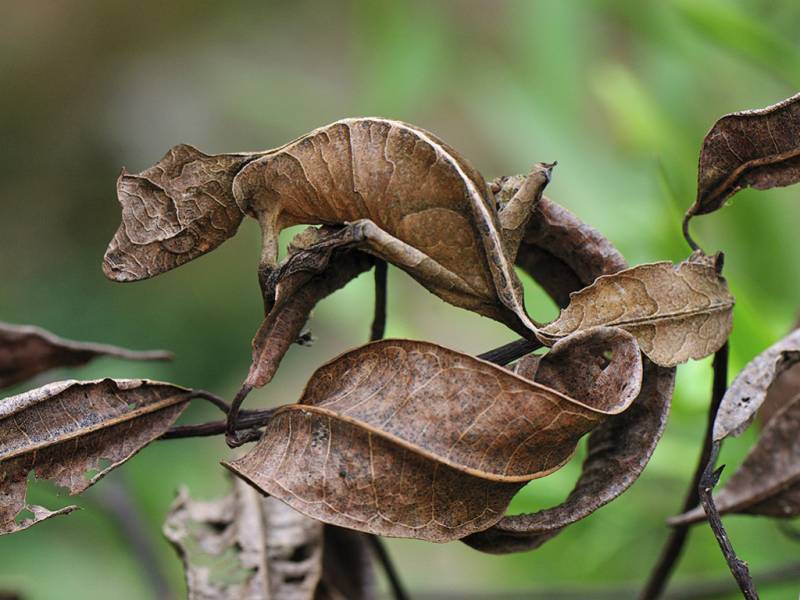
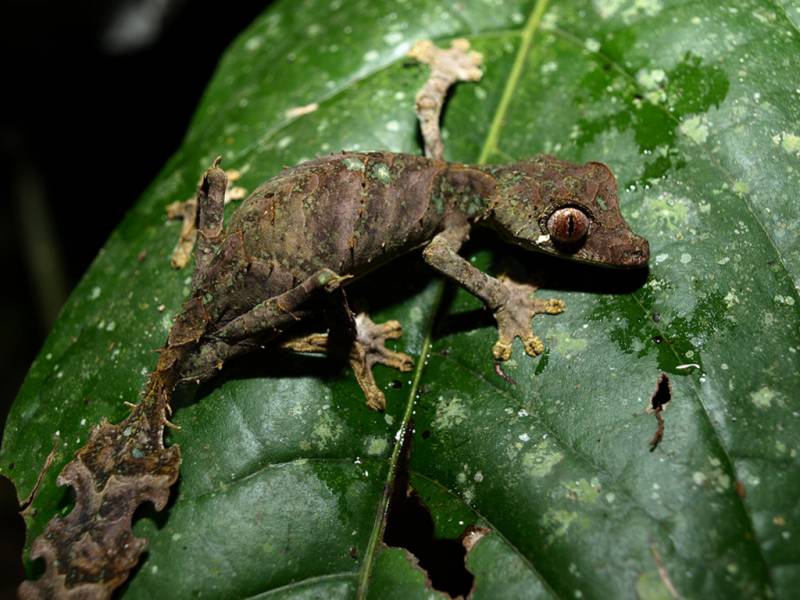


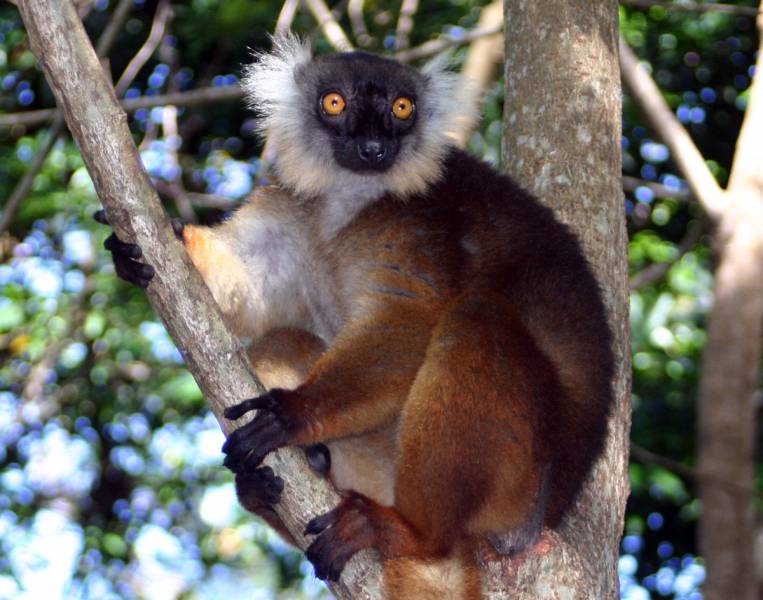
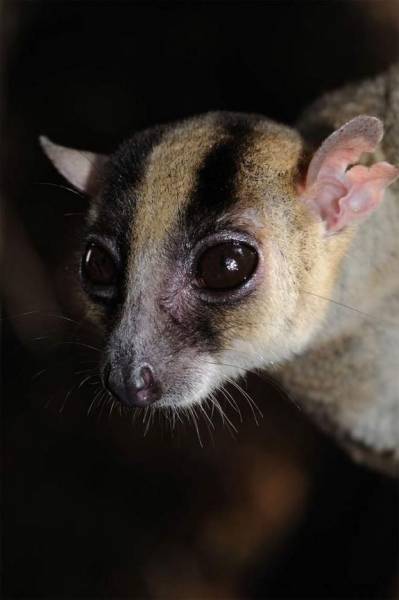
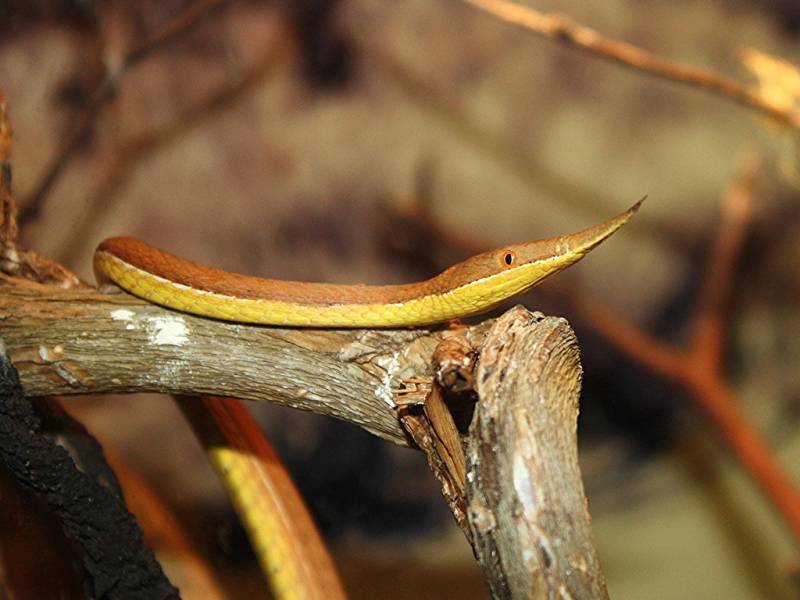
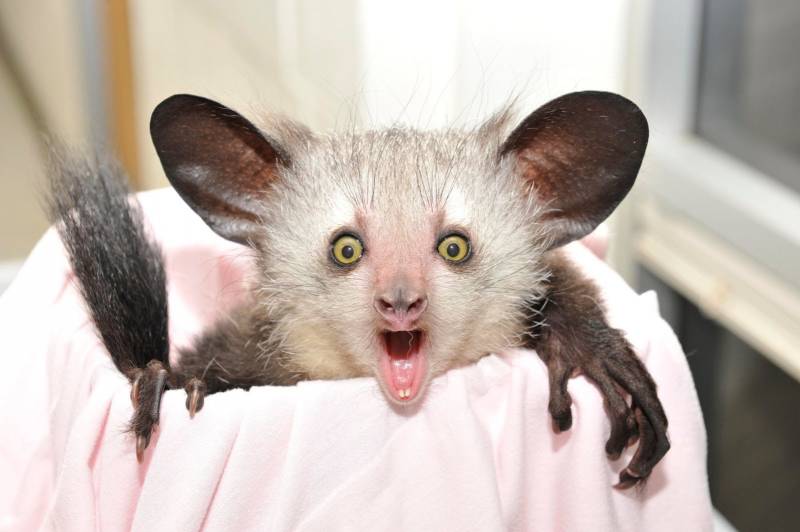
Leave a Reply